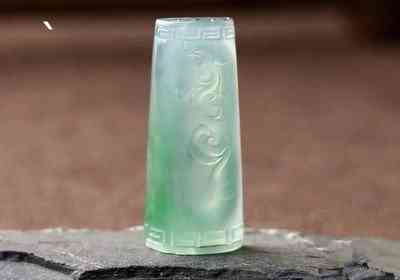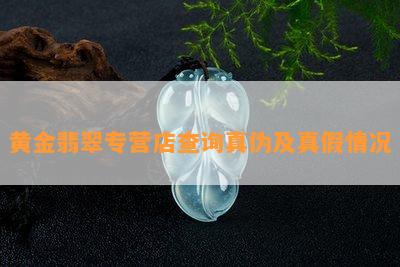方解石玉玉翡翠有什么区别
方解石、玉玉和翡翠是常见的宝石和装饰品材料,具有很高的收藏和观赏价值。这三种材料具有不同的特点和形成过程。本文将通过比较和解析,详细探讨方解石、玉玉和翡翠之间的区别和特点。
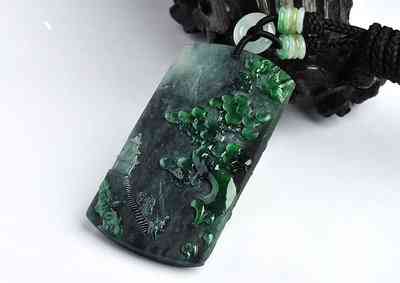
方解石、玉玉和翡翠的区别
方解石、玉玉和翡翠是三种不同的宝石材料,它们具有不同的化学、物理性质和外观特征。下面将分别就这三种材料实施详细的解析。
方解石
方解石是一种碳酸盐矿物,其化学成分为CaCO3。其外观有白色、浅黄色、粉红色等多种颜色。方解石一般透明或半透明,硬度较低在3至4之间,不耐高温。
方解石作为宝石材料时,色彩艳丽、透明度高的品质较为珍贵。方解石多产自巴西、墨西哥和等地,被广泛用于首饰和装饰品制作。
玉玉
玉玉是一种宝玉类材料,一般指的是石英类矿石,如绿松石和孔雀石等。绿松石是一种受欢迎的玉玉石材,其化学成分为CuAl6[(OH)2/PO4]4·4H2O。绿松石的颜色多为蓝色或绿色,具有良好的透明度和光泽。硬度较高,为5至6。
玉玉作为宝石材料时,尤其受到珠宝饰品和雕刻作品的喜爱。在,玉玉有着关键的文化意义,被广泛视为吉祥和幸运的象征。
翡翠
翡翠是一种硅酸盐矿物,其化学成分主要为[NaAlSi2O6]和辅助离子。翡翠的外观呈现出浓绿色或不透明的白色。翡翠的硬度较高,在6至7之间。
翡翠是传统的宝石材料之一,可追溯至几千年前的文化。翡翠的绿色与生命力和自然美有关联,故此在和其他东亚中享有极高的地位和评价。
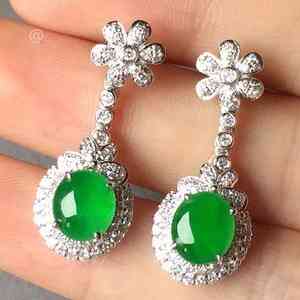
方解石、玉玉和翡翠的成因
方解石主要由温泉、地下湖泊和洞穴形成。它的晶体结构一般呈立方体状,具有不规则的晶颗粒,形成由盐和矿物结晶沉积而成的岩石矿床。
玉玉主要由地壳岩石中的金属离子游离和水的作用形成。由于不同的成分和沉积条件,玉玉可以呈现出不同的颜色和外观。
翡翠的形成过程较为复杂,一般与高温、高压的岩浆和地壳变动有关。地壳深层变化和成岩作用造成了翡翠的形成,经过长时间的加热和压力作用,翡翠才得以形成。
结尾:
方解石、玉玉和翡翠是三种不同类型的宝石材料,它们在化学成分、物理特性和形成过程上有所不同。方解石较为常见,色彩丰富,透明度可以较高,而玉玉具有较高的硬度和文化意义,翡翠则以其浓绿色和文化背景而受到广泛追捧。无论是收藏还是制作首饰,在选择这三种材料时应留意它们的特点和品质,以保证其价值和欣赏性。
The differences between calcite, jade, and jadeite
Calcite, jade, and jadeite are commonly seen gemstones and decorative materials, which have high value in terms of collection and appreciation. However, these three materials have distinct characteristics and formation processes. In this article, we will explore and analyze the differences and features of calcite, jade, and jadeite through comparison and analysis.
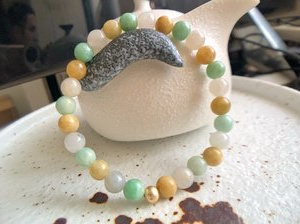
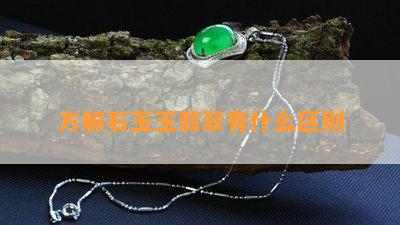
Calcite, jade, and jadeite vary in terms of their chemical and physical properties as well as their appearance. Let's take a detailed look at these three materials separately.
Calcite
Calcite is a carbonate mineral with a chemical composition of CaCO3. It comes in various colors such as white, pale yellow, and pink. Calcite is usually transparent or translucent, with a relatively low hardness ranging from 3 to 4 and is not resistant to high temperatures.
When used as a gemstone material, calcite with bright colors and high transparency is more precious. Calcite is mainly found in Brazil, Mexico, and China and is widely used in jewelry and decorative items.
Jade
Jade refers to a gemstone material belonging to the jadeite family, which generally refers to quartz minerals such as turquoise and malachite. Turquoise is a popular type of jade, with a chemical composition of CuAl6[(OH)2/PO4]4·4H2O. Turquoise is mainly blue or green in color and has good transparency and luster. It has a higher hardness of 5 to 6.
When used as a gemstone material, jade, especially turquoise, is favored in jewelry and carving works. In China, jade holds significant cultural significance and is widely regarded as a symbol of auspiciousness and luck.
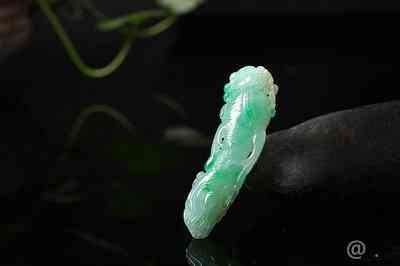
Jadeite
Jadeite is a silicate mineral with the primary chemical composition of [NaAlSi2O6] and additional ions. Jadeite appears in shades of intense green or opaque white. It has a higher hardness of 6 to 7.
Jadeite is one of the traditional gemstone materials in China, with a cultural history dating back thousands of years. The green color of jadeite is associated with vitality and natural beauty, making it highly revered and valued in China and other East Asian countries.
Formation of Calcite, Jade, and Jadeite
Calcite is mainly formed through mineral deposition from hot springs, underground lakes, and caves. Its crystal structure usually takes the form of a cube, consisting of irregular crystal grains formed by the deposition of salts and minerals.
Jade is primarily formed through the liberation of metal ions from crustal rocks and the action of water. Due to different compositions and deposition conditions, jade exhibits various colors and appearances.
The formation of jadeite is a more complex process, often involving high temperature, high pressure magmatism, and crustal movement. Geologic changes and diagenesis in the deep crust contribute to the formation of jadeite, which takes a long time of heating and pressure to crystallize.
Conclusion:
In conclusion, calcite, jade, and jadeite are three different types of gemstone materials, differing in chemical composition, physical characteristics, and formation processes. Calcite is more common, with a wide range of colors and relatively high transparency, while jade has higher hardness and carries cultural significance. Jadeite is highly sought after due to its intense green color and cultural background. Whether for collection or jewelry making, it is important to pay attention to the characteristics and quality of these materials to ensure their value and aesthetic appeal.





